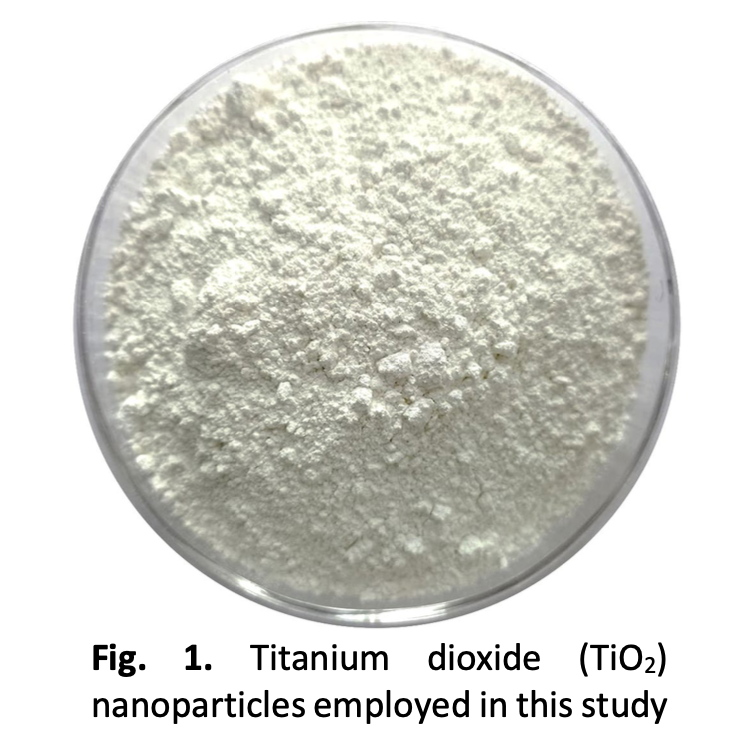Influence of Titanium Dioxide (TiO2) Nanoparticles on Durability Properties of Lightweight Foamed Concrete
DOI:
https://doi.org/10.37934/aram.109.1.122136Keywords:
Foamed concrete, durability properties, nanoparticles, titanium dioxide, porosity, shrinkage, water absorptionAbstract
The worldwide construction industry has realized the need for lightweight building materials that are flexible, high-performance, and ecologically benign. Considering the need, it has been found that lightweight foamed concrete (LFC), a new revolutionary material, can be used to lower the overall weight of conventional concrete. In concrete, nanoparticles are used due to their beneficial effects, such as their tiny size of particles and high reactivity to improve concrete’s strength. Furthermore, LFC is quite porous due to which it becomes less effective. The LFC matrix can be made effective by including many nanoparticles to improve its strength. In the current body of information, the impact of nano titanium dioxide in LFC has not yet been studied. As a result, there is considerable confusion regarding the method by which the nano TiO2 might influence the LFC's durability properties. Therefore, the application of nano TiO2 in the LFC matrix is the main emphasis of this work. The goal was to determine how various nano TiO2 weight fractions (1%, 2%, 3%, 4%, and 5%) affect the durability characteristics of LFC, including setting time, drying shrinkage, porosity, and water absorption. The findings suggested that excellent water absorption, porosity, and drying shrinkage of LFC are made possible by the presence of a 3% weight fraction of nano TiO2 in LFC. The microstructural of LFC is changed by the addition of nano TiO2.
Downloads


























